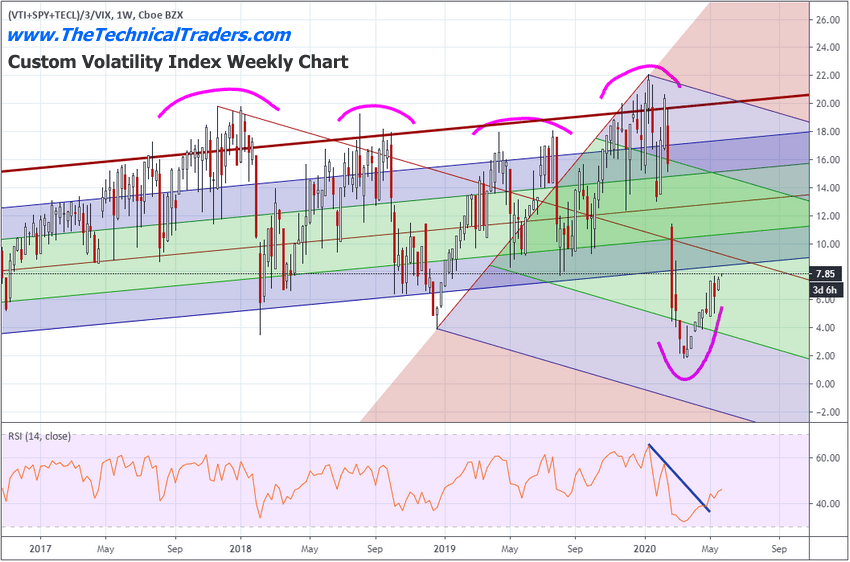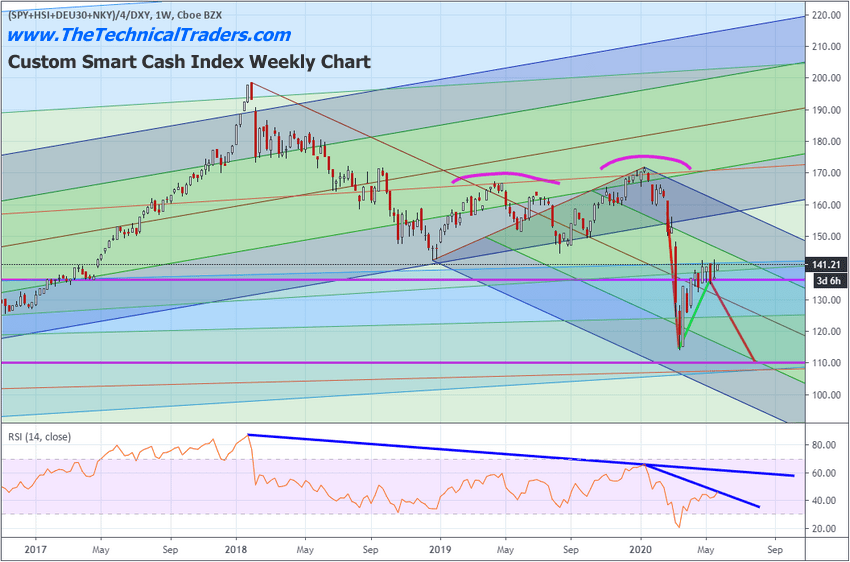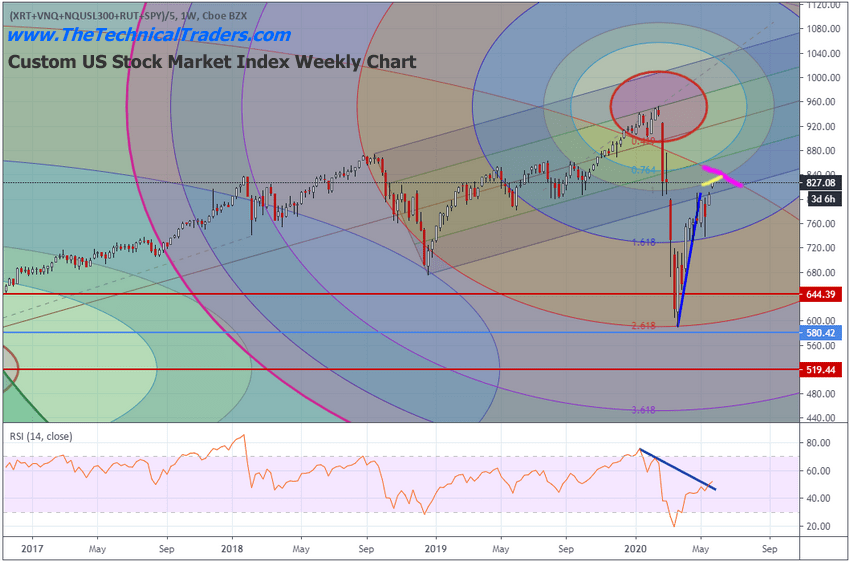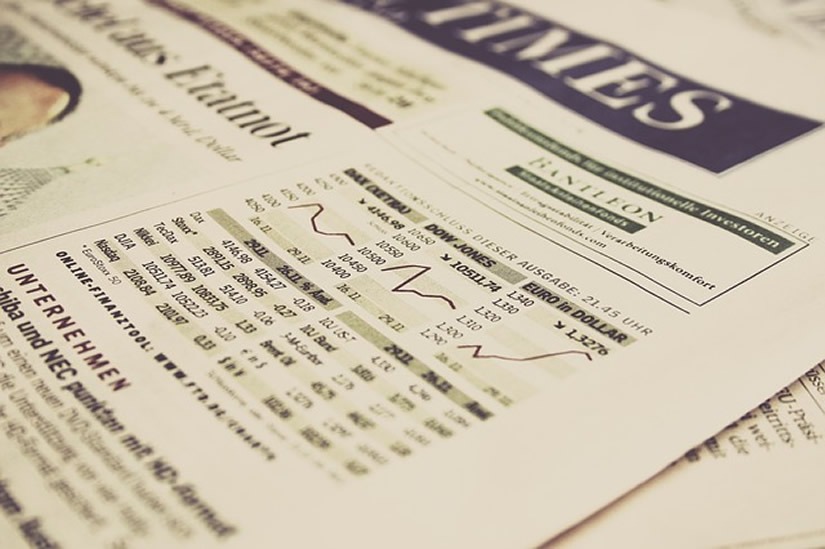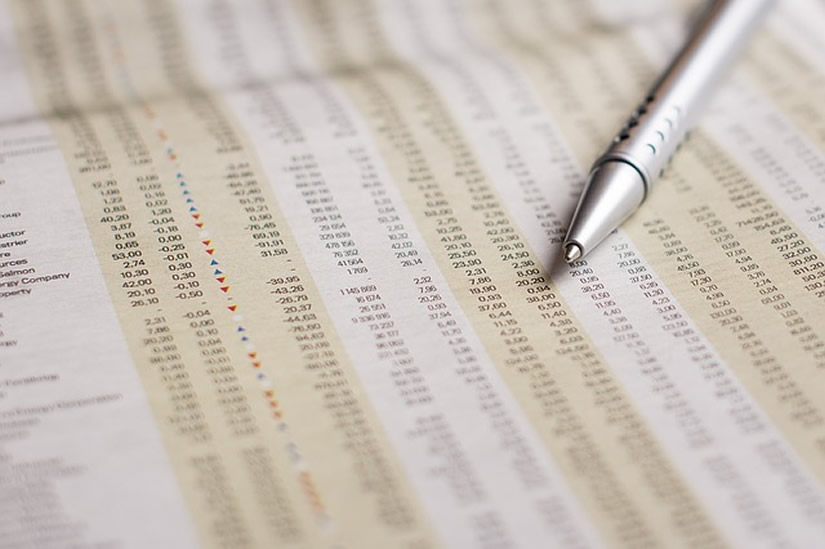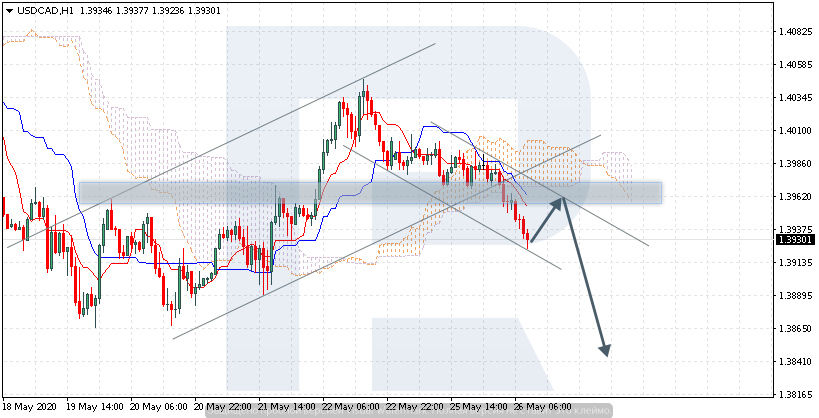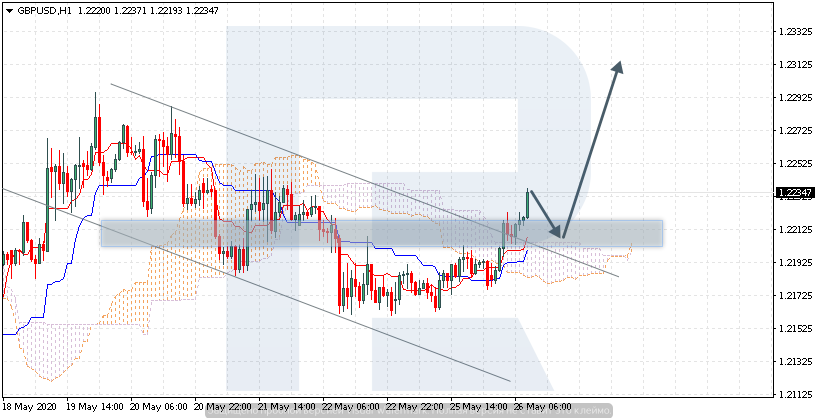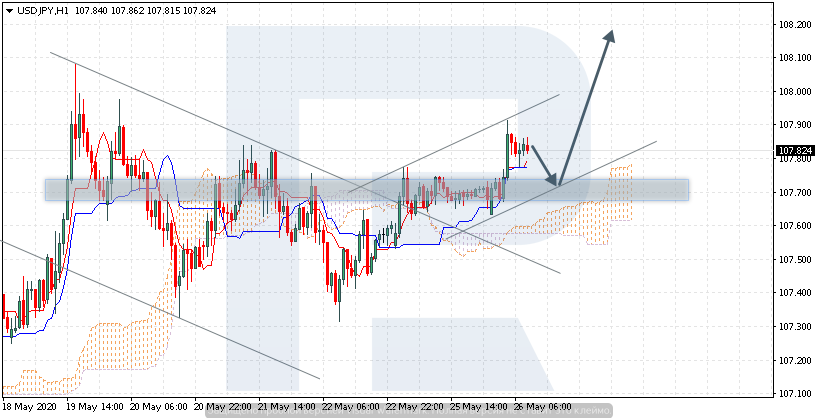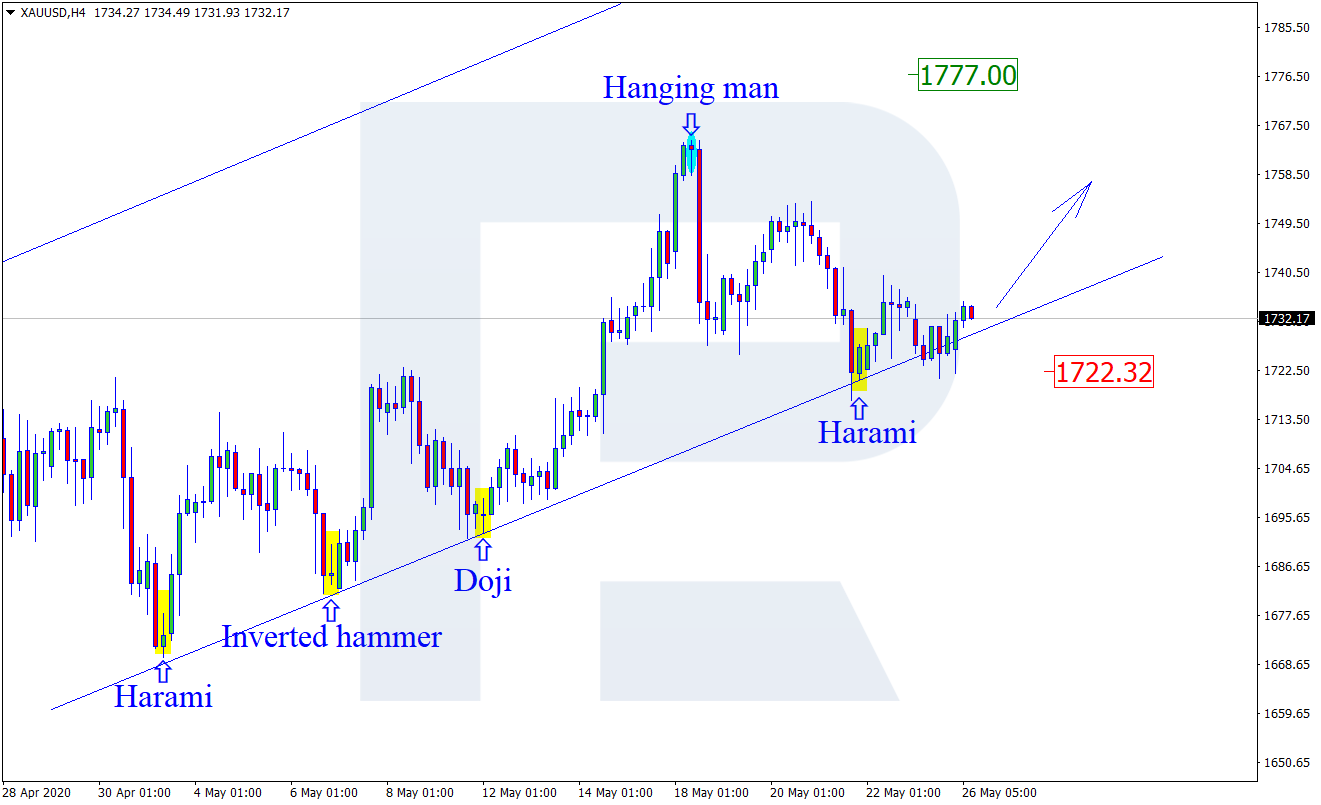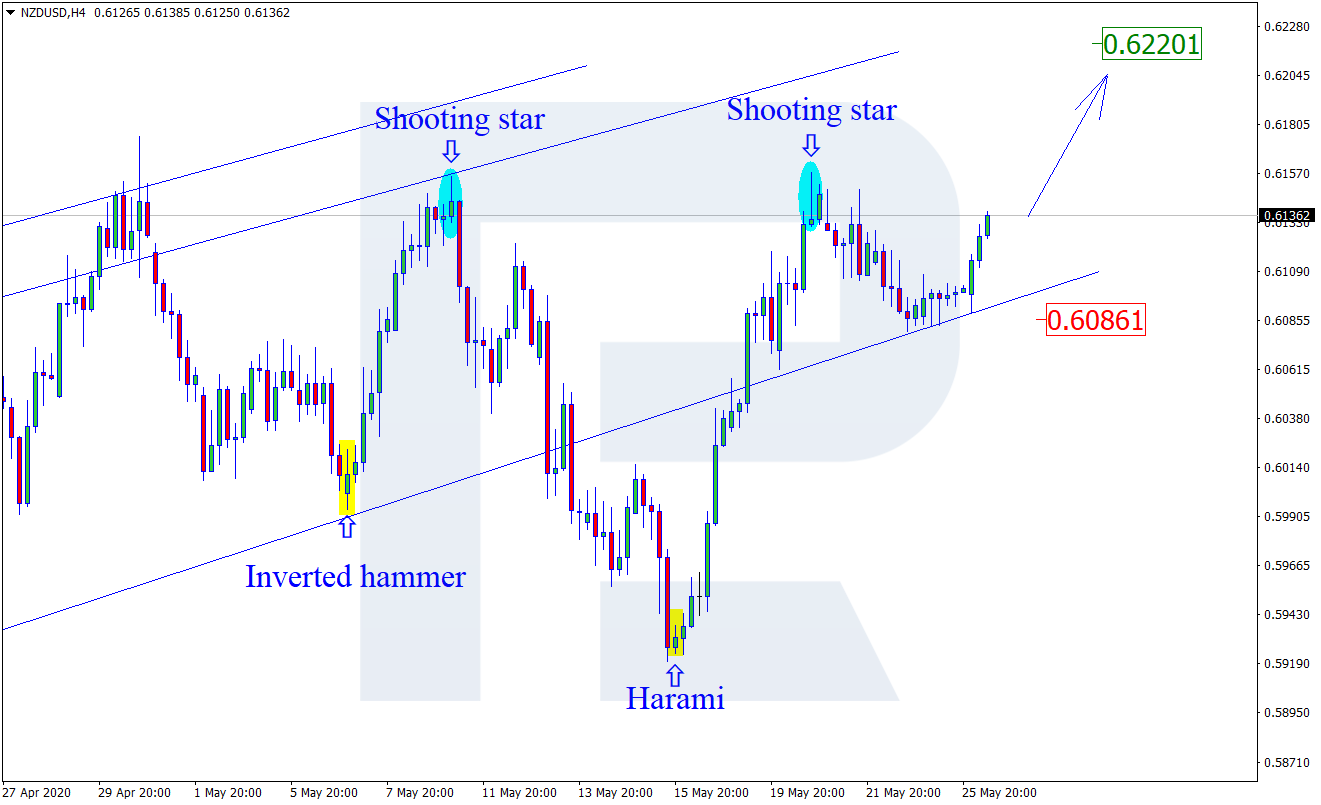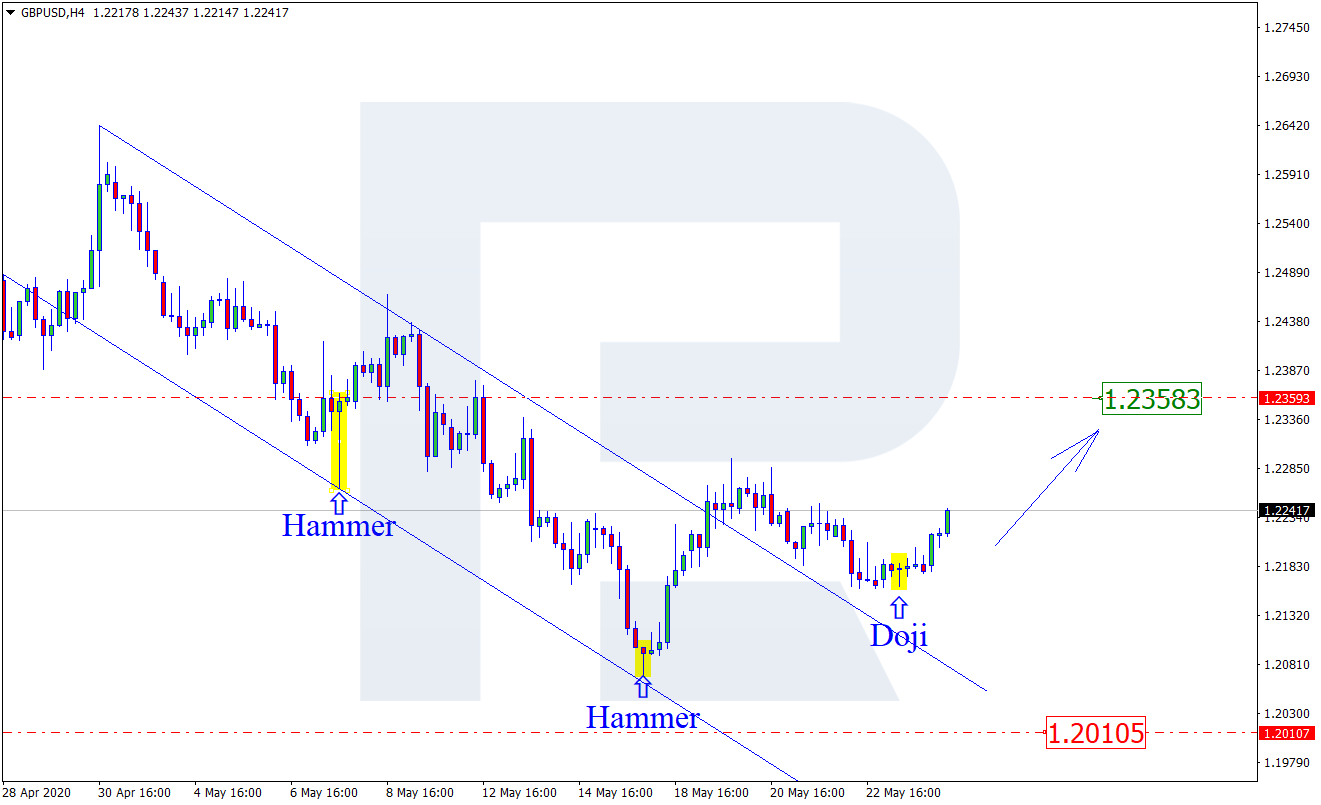
Source: Economic Events May 27, 2020 – Admiral Markets’ Forex Calendar
Gold remains bullish after pushing to new yearly highs last week. Nevertheless, the short-term (and the technical bearish divergence in the RSI(14) on a daily time-frame) catches our interest, making us believe that a stint in the near-term below 1,700 USD is an option.
On the other hand, and as long as we trade above 1,660 USD, we rather expect a coming stint to the all-time high of around 1,920 USD.
The economic calendar is quite thin this Wednesday, with only the speech from Fed member and St. Louis Fed president Bullard could be of interest, even though, in our opinion, it seems unlikely that their rhetoric will massively diverge from recent comments from Fed chairman Powell.
In front of the US congress on May 13, Powell testified that the Fed will do everything and flood markets with trillions of US dollar if necessary to avoid a collapse of the US economy which were underlined in Powell’s appearance on CBS “60 Minutes” where he said “In the long run and even in the medium run, you wouldn’t want to bet against the American economy” while acknowledging that the unemployment rate could hit as high as 25%.
That in mind and if we get to see a sustainable drop in 10-year US Treasury yields below 0.60% in the days to come leaves us with a bullish expectation and a target around 1,920, as initially already said, as long as we trade above 1,660 USD:

Source: Admiral Markets MT5 with MT5-SE Add-on Gold Daily chart (between February 25, 2019, to May 26, 2020). Accessed: May 26, 2020, at 10:00pm GMT – Please note: Past performance is not a reliable indicator of future results, or future performance.
In 2015, the value of Gold fell by 10.4%, in 2016, it increased by 8.1%, in 2017, it increased by 13.1%, in 2018, it fell by 1.6%, in 2019, it increased by 18.9%, meaning that after five years, it was up by 28%.
Discover the world’s #1 multi-asset platform
Admiral Markets offers professional traders the ability to trade with a custom, upgraded version of MetaTrader 5, allowing you to experience trading at a significantly higher, more rewarding level. Experience benefits such as the addition of the Market Heat Map, so you can compare various currency pairs to see which ones might be lucrative investments, access real-time trading data, and so much more. Click the banner below to start your FREE download of MT5 Supreme Edition!
Disclaimer: The given data provides additional information regarding all analysis, estimates, prognosis, forecasts or other similar assessments or information (hereinafter “Analysis”) published on the website of Admiral Markets. Before making any investment decisions please pay close attention to the following:
- This is a marketing communication. The analysis is published for informative purposes only and are in no way to be construed as investment advice or recommendation. It has not been prepared in accordance with legal requirements designed to promote the independence of investment research, and that it is not subject to any prohibition on dealing ahead of the dissemination of investment research.
- Any investment decision is made by each client alone whereas Admiral Markets shall not be responsible for any loss or damage arising from any such decision, whether or not based on the Analysis.
- Each of the Analysis is prepared by an independent analyst (Jens Klatt, Professional Trader and Analyst, hereinafter “Author”) based on the Author’s personal estimations.
- To ensure that the interests of the clients would be protected and objectivity of the Analysis would not be damaged Admiral Markets has established relevant internal procedures for prevention and management of conflicts of interest.
- Whilst every reasonable effort is taken to ensure that all sources of the Analysis are reliable and that all information is presented, as much as possible, in an understandable, timely, precise and complete manner, Admiral Markets does not guarantee the accuracy or completeness of any information contained within the Analysis. The presented figures refer that refer to any past performance is not a reliable indicator of future results.
- The contents of the Analysis should not be construed as an express or implied promise, guarantee or implication by Admiral Markets that the client shall profit from the strategies therein or that losses in connection therewith may or shall be limited.
- Any kind of previous or modeled performance of financial instruments indicated within the Publication should not be construed as an express or implied promise, guarantee or implication by Admiral Markets for any future performance. The value of the financial instrument may both increase and decrease and the preservation of the asset value is not guaranteed.
- The projections included in the Analysis may be subject to additional fees, taxes or other charges, depending on the subject of the Publication. The price list applicable to the services provided by Admiral Markets is publicly available from the website of Admiral Markets.
Leveraged products (including contracts for difference) are speculative in nature and may result in losses or profit. Before you start trading, you should make sure that you understand all the risks


